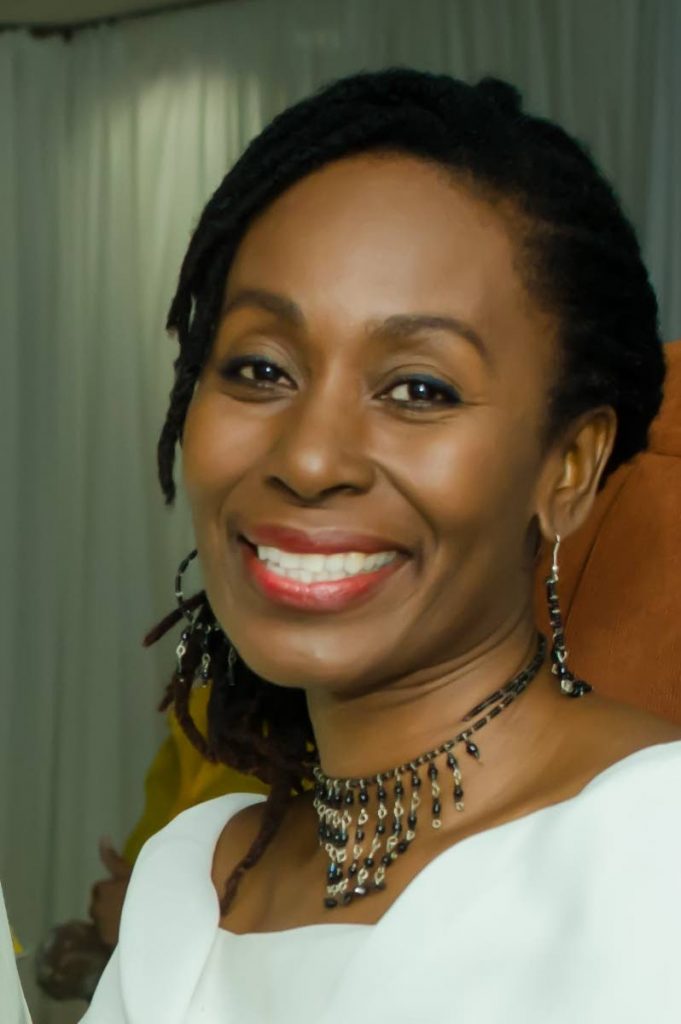Deeper than doubles

Culture Matters
Music was seen as na vidya sangeet para; there is no knowledge greater than that of music.
– Mungal Patasar
HOW WELL do we understand the
yatra. or journey. of East Indians? This week, as we marked their arrival in TT, there were the usual congratulatory advertisements and interviews with prominent East Indians.
How important was cultural resistance to their survival during the period of indentureship? Today, as TT finds itself at the centre of a debate on migration and the assimilation of new cultures into our society, are there lessons to be learned from the period 1845-1917?
Researchers have used words such as "hostile" and "oppressiv"e to describe the environment in which indentured Indians lived. On the plantations, they were forced to live in cramped, inhospitable conditions. Accommodations were typically barracks, long wooden structures with thin partitions for families. They had limited privacy, running water or proper amenities.
Across the empire, diseases such as dysentery, yellow fever and malaria were regularly reported.
Over the years, the entire scheme appears to have been disorganised, with the rules constantly changing based on the demands of the planters or the irregularities of the international economic system. For instance, indentureship was meant to be temporary, for a period of five years, after which the planters were required to pay the return passage. When it became clear that fewer Indians than anticipated were deciding to stay, inducements such as land were offered.
The rules about the return passage kept changing as well, with the length of time they were required to stay being extended, in addition to being asked to pay a contribution to the return passage.
Worse, their movements were restricted, as passes were required to leave the estate; those who had completed their period of indenture also needed an exemption paper.
Instead of encouraging families to migrate or at least manage the gender balance, emphasis was placed on single men because it was felt they would be more suitable to plantation rigours. Dr Rhoda Reddock noted that in 1845, out of the 225 arrivals, just 21 were women. The male-to-female ratio would change over the years, but decisions were generally driven by profits or the fluctuating global sugar market.
Such imbalances placed considerable pressures on family relations, it exposed indentured workers to ridicule, and led to the creation of stereotypes which impacted their social status.
The wider society also did not understand the cultural traditions of this new group of people. Hindus and Muslims came, but Hindus were larger in number. The Port of Spain Gazette is said to have carried a story accusing Hindus (or "Hindoos," as they spelled it) of anti-social behaviour such as “theft, falsehood, deceit, conjugal infidelity, treachery, ingratitude” and on and on.
Although desertion and strikes were a main form of resistance to the harsh realities of indentureship, cultural resistance was perhaps even stronger. Faith was a powerful, cohesive force. Many resisted attempts at conversion to Christianity. Although Canadian Mission schools became prominent after 1868, parents either kept their children away or allowed them to be educated without converting.
Music and song were essential. Mungal Patasar links music to a connection with divine energies. Folk songs in the Bhojpuri language were primarily sung by women and celebrated the everyday rituals of life – “
sohar for childbirth,
kajari for rice planting” and of course wedding songs, “
byah ke git and
lachari.” An important wedding ritual was
matikor, where the older women would use suggestive songs, humour and props to prepare the young bride for the more sensual aspects of matrimony.
They took pride in their simple but delicious foods. It was an important part of protecting their identity and is still so critical today.
In 1917, the SS Ganges was the last ship to bring indentured Indians to Trinidad. On board were 247 men and 115 women, as well as children and infants. By the time the system came to a close, some 140,000 East Indians had come, and just over 40,000 returned to India.
More than 175 years ago, our society changed dramatically and we had little choice but to look on.
In 2021, we are again witnessing an historical shift, but this time we are in control. How can we go beyond our love for doubles to build a more cohesive society? How may we integrate this new migrant reality while managing a pandemic?
The answers are there, drifting on the ghostly sails of the Fatel Razack and in the pirogues that continue to circle our shores.
Dara E Healy is a performance artist and founder of the Indigenous Creative Arts Network – ICAN


Comments
"Deeper than doubles"